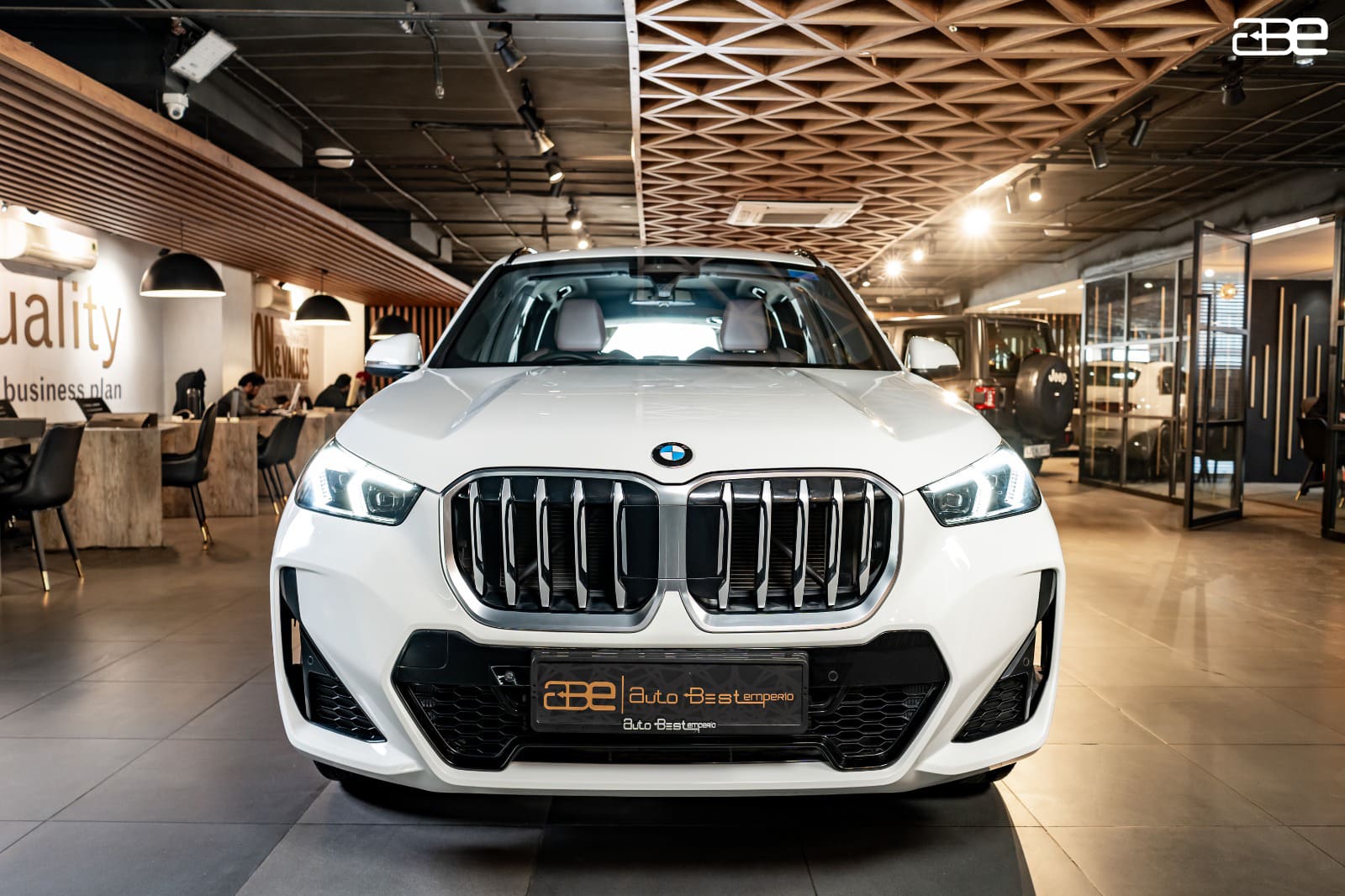Explore the Significance of Aerodynamics in Cars

Aerodynamics is one of the most essential features seen in modern automobiles. Aerodynamics was formerly essentially non-existent due to the slowness with which automobiles were driven. On the other hand, automobiles are now ridden at the same pace as horses, which makes understanding aerodynamics critical. As can be seen, aerodynamics is the study of airflow around a moving vehicle. After all, the more effective the aerodynamics of an automobile, the less gasoline it will consume.
Advanced Features of Aerodynamic Cars
Making aerodynamic cars is not as easy as it appears. A lot of features are to be involved in its way to deliver the performance as expected and make it the Formula One aerodynamic car. Let’s see the top advanced features of aerodynamic cars, making you purchase it.
Hood Vents
Hood vents allow clean air passage through the radiator. Also, they assist in maintaining the airflow through the engine bay, increasing the cooling inside the car.
NACA Ducts
The NACA ducts have minimal effect on the airflow. They are the air scoops that fit any application that requires airflow. The Ferrari F40 is one such car which makes the exclusive use of the NACA ducts.
Side Vents
The side vents can be seen on the front and rear car wheels which helps the air to escape smoothly without creating any turbulence. It also helps the hot air to escape from the engine bay.
Underbelly
Usually underbellies are there to reduce the turbulence under the car as they are smooth and flat, minimizing the drag for racing. Underbellies when in connection with the rear diffuser, create pressure underneath the car, resulting in downforce.
Diffuser
Diffusers are designed to have an increasingly larger volume of air below the car’s rear. It reduces the pressure to increase the downforce by allowing the low air pressure to expand and decelerate at the rear end.
Rear Wing
The rear wing in cars work just like the aeroplane wings but direct the force downwards. This happens after the rear wing’s inverted profile which performs the best when it is placed at a clean airflow, with no turbulence and no energy loss by the upstream components.
Benefits |
Description |
Reduced pollutants |
Having an increased fuel efficiency by either being drag efficient or producing less drag, the car aerodynamics helps in reducing pollutants, leading to a safer and cleaner environment. |
Increased fuel efficiency |
It happens due to drag which comes into force when craving through the air and is always against the movement of the car. When more drag is produced during the ride, more fuel will be consumed. Thus, most cars are expected to be drag-efficient. However, when the drag is less, less fuel will be consumed as less energy is spent. |
Improve handling of the car |
For those who are race car handlers, drag is an important feature. By applying itself directly to the pressure centre, the drag forces generate some torque which unloads the front and rear wheels, turning the car into a real monster to ride. |
Challenges you might face with Aerodynamics in Cars
Turbulent Airflow
Turbulent airflow leads to the creation of heat, control issues, loss of lift, sonic shocks and also the drag which affects the efficacy of the aerodynamics and efficiency of the car.
Conventional Exterior Mirror
Conventional mirrors play an important part in displacing the oncoming airflow and influence it as well until it is far behind the vehicle.
Wind Noise and Vibrations
Due to turbulent airflow, there can be continuous wind noise and excessive vibrations inside the cabin which we all have experienced atleast once in our life.
Load of Downforce
Due to aerodynamics, the load of downforce is heavily created which needs to be handled by suspension.
Top Car Models by Aerodynamics
Are you still in a dilemma in determining which cars are the best to slip in? To remove your confusion, we have come up with the top cars with the best aerodynamics in town.
McLaren Speedtail
In the herd of launching the fastest running model, McLaren has topped the race by reaching the maximum speed of 250 mph after its sleek design and aero front wheels, helping it give the power output of about 1055 hp. It has a drag coefficient of up to 0.278 Cd.
Porsche Taycan
The Porsche Taycan comes with the most amazing-looking wind-cheating shapes, the best by the automotive manufacturers to date. It has a drag coefficient of up to 0.22 Cd.
Tatra T77A
You would be surprised to know that even the vintage car edition has a drag coefficient such as the Tatra T77A, 0.212 Cd drag coefficient. However, the car’s production ceased in 1999, it could reach the maximum power speed of 90 mph at 0 hp power after its amazing and enthralling aerodynamic design.
Conclusion
So, it’s all about aerodynamics in cars which is an amazing knowledge that most of us still do not know about. if you are into racing cars or a speed fan, then considering the aerodynamics in your car is quite necessary if you want to run against the wind. These aerodynamics only come with luxury cars and in pre-owned luxury cars, these also work well.
FAQs
Does aerodynamics make the car faster?
Yes, aerodynamics enhances the efficiency of cars by improving their performance so it can make a car go really fast.
Is aerodynamics only available in luxury cars?
Mostly aerodynamics will be available in the luxury section according to the car’s shape, size and features to rule the world with speed.
Are cars with aerodynamics available in India?
Yes, in India, one can find the luxury section of cars with aerodynamics.
What is the starting price of cars with aerodynamic features?
There is no such barrier to price in the case of aerodynamic cars. It completely depends upon the car brands you wish to go for. Also, not all luxury cars come with aerodynamics. So, be specific will putting forward your needs.
Which company makes cars with aerodynamics?
Mostly, all the luxury car brands have started to introduce aerodynamics in their cars. You can even find the same in Tata, the Indian-origin brand.
Are cars with aerodynamics worth their cost?
According to us, cars with aerodynamics are worth their cost. mostly in all luxury brands, the cars fail to provide the best fuel efficiency but with aerodynamics, you get the best handling, fuel efficiency and less environmental pollution. Thus, it all is in your favour.
More Blogs To Read
5 Luxury Car Brands With The Best Interiors In The World
5 Things to Bear in Mind When Buying a Luxury Car

 By Admin
By Admin









